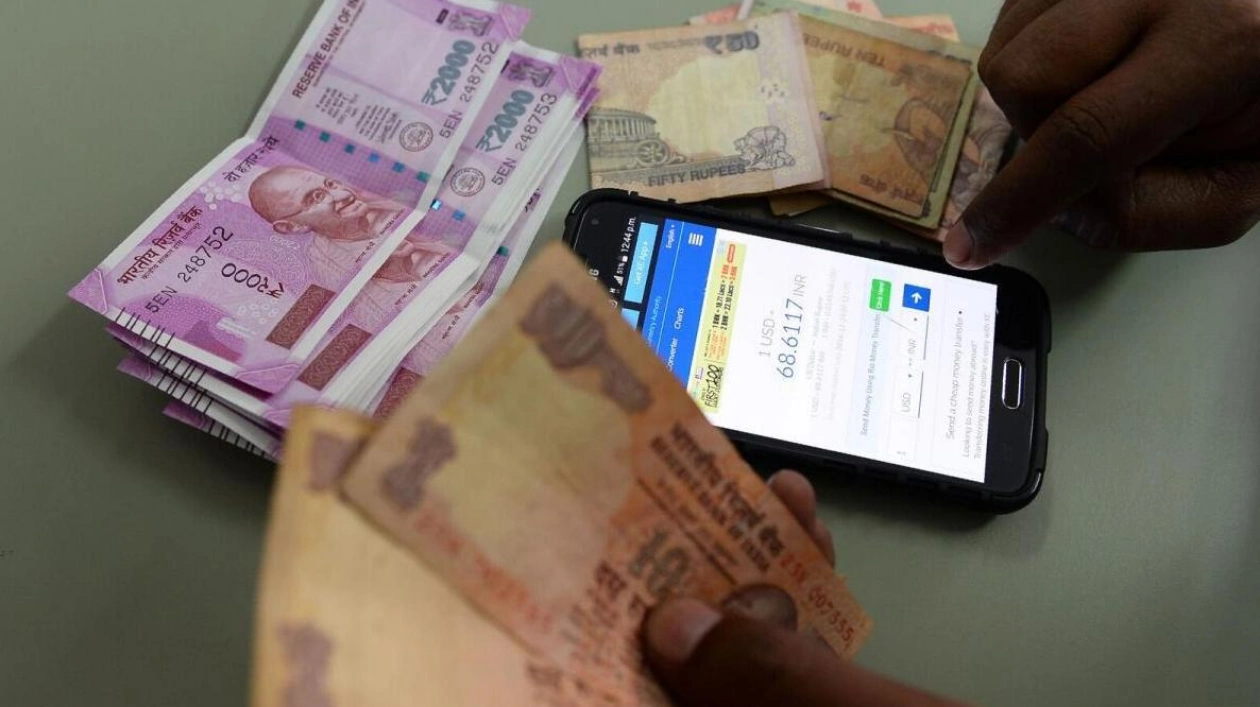On Tuesday morning, the Indian rupee fell to 83.95 against the US dollar. This decline was attributed to a stronger US dollar in international markets and poor domestic manufacturing data. Additionally, a volatile domestic stock market also played a role in the currency's drop. The rupee has been fluctuating within a narrow range due to interventions by the Reserve Bank of India (RBI). The RBI's active management has maintained the currency within this tight range, and as long as the RBI continues its control, the rupee is expected to remain stable.
In the interbank foreign exchange market, the rupee started at 83.94, a decrease of 3 paise from its last close, before further dropping to 83.95. Meanwhile, in the domestic stock markets, the Sensex dropped by 78.28 points to 82,481.56 in early trading, while the Nifty fell by 23.6 points to 25,255.10. Brent oil prices decreased in Asian trading on Tuesday as concerns over a slowing economy in China and reduced demand overshadowed the effects of a blockade at oil production facilities in Libya.
"Oil continues to face pressure due to ongoing concerns about Chinese demand. The weaker-than-expected PMI data from the weekend likely did little to alleviate these concerns," commented Warren Patterson of ING. China's purchasing managers' index (PMI) reached a six-month low in August. On Monday, China reported the first drop in new export orders in July after eight months and noted that new home prices grew at their slowest pace this year in August. The Chinese yuan weakened against the dollar on Tuesday as disappointing factory activity data in August increased expectations for more stimulus in the world's second-largest economy.
With markets now anticipating a rate cut by the U.S. Federal Reserve in September, many yuan traders believe this could provide Beijing with more flexibility in adjusting its own monetary policy.






